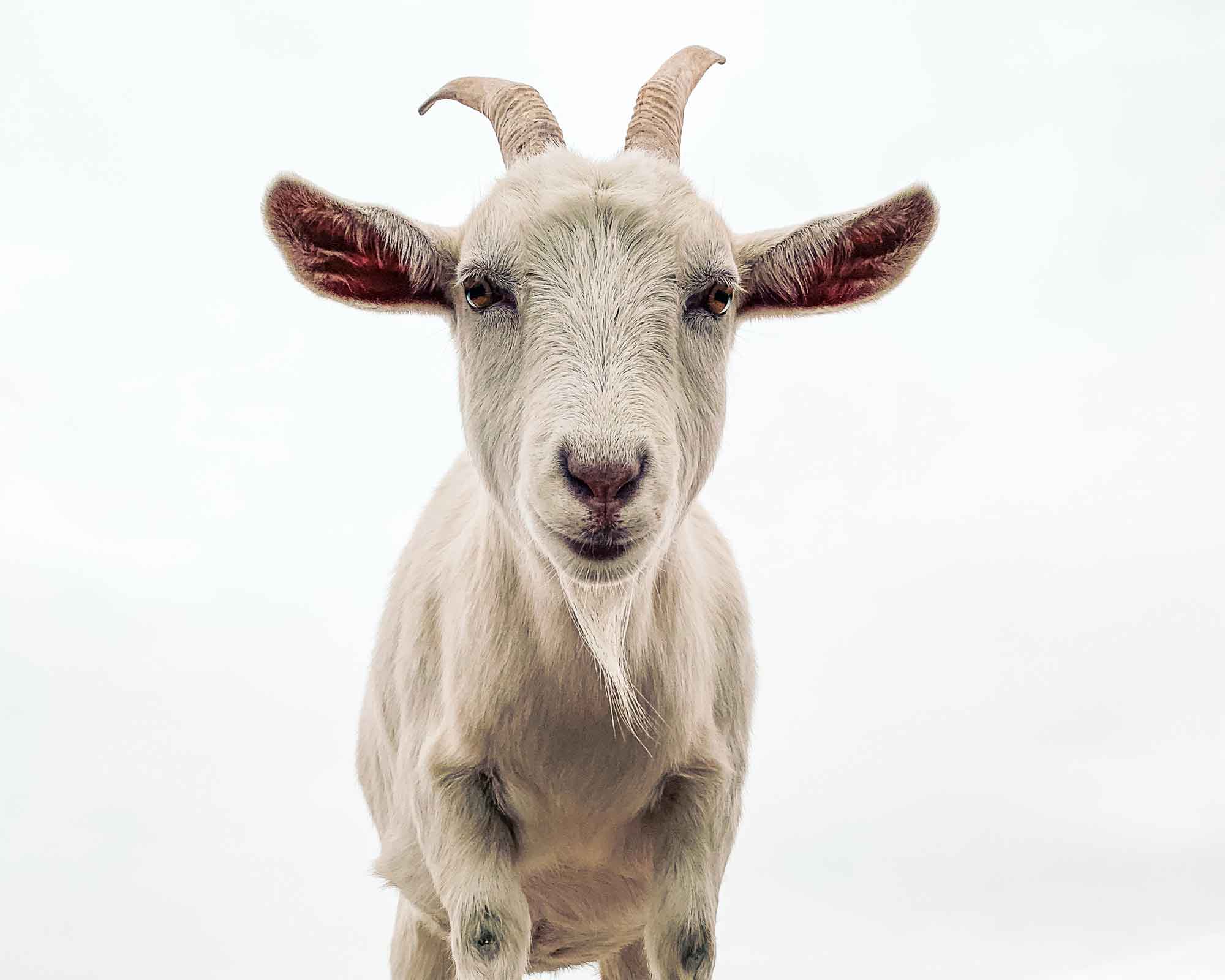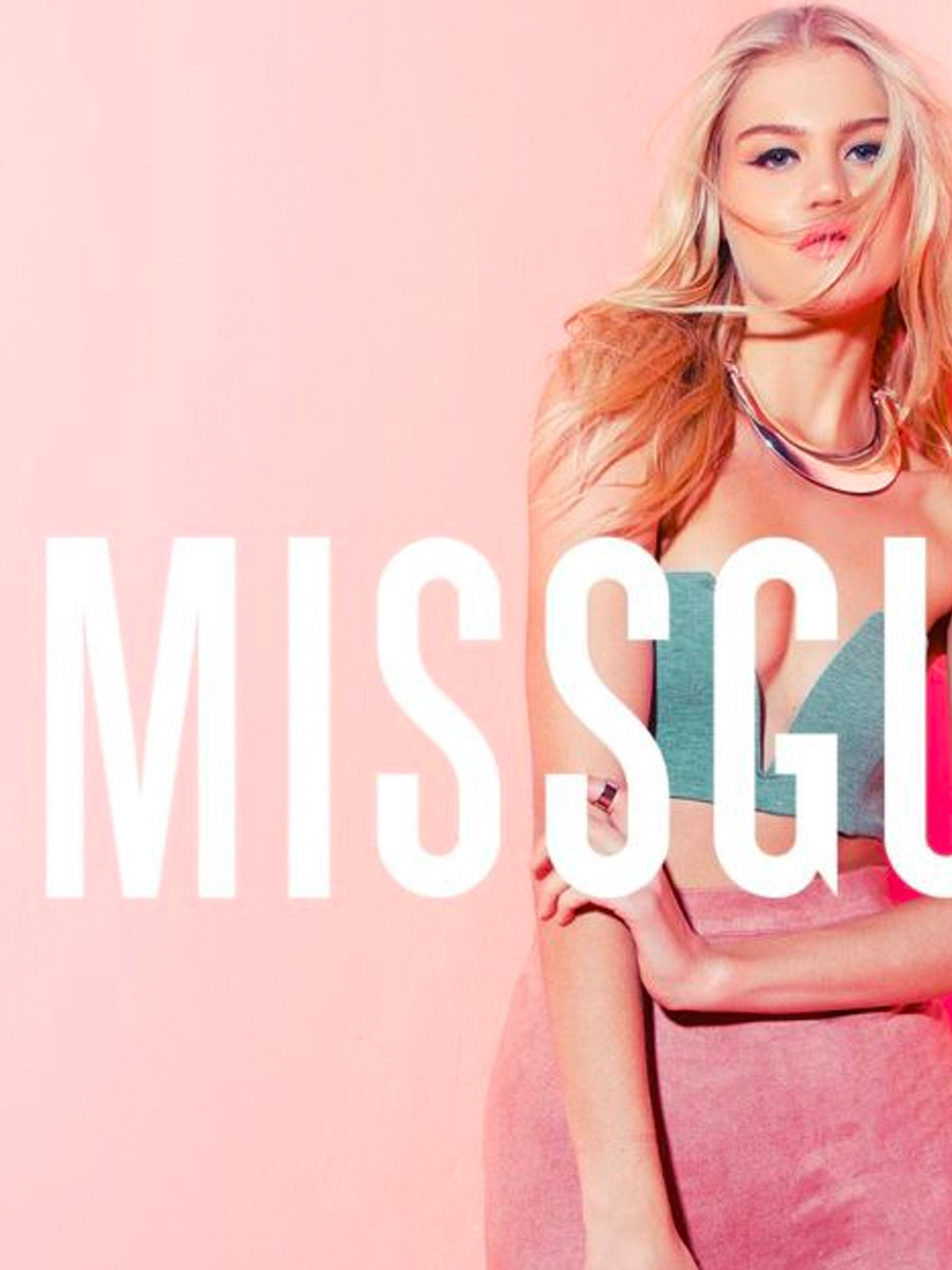When we talk about the ethics of wearing leather, wool, cashmere, silk, and other animal-derived materials, usually, we think of the animals those materials are made of—as we should. However, humans working in fashion’s animal supply chains are often harmed far more than we may first realise.
Humans are technically animals too, and we have more in common with non-human animals than we have differences. Most importantly, we’re all sentient beings who think and feel! Because of this crucial similarity, some advocate the importance of vegan fashion and animal rights, and others speak out against exploitative and unethical labour practices that hurt humans. But what about when these issues become intertwined? What about the people who work in the supply chains that transform animals into materials? What is their experience like? Let’s break down some of the human rights issues in animal-derived material supply chains and how we can support a more just fashion system for all.
Slaughterhouse workers
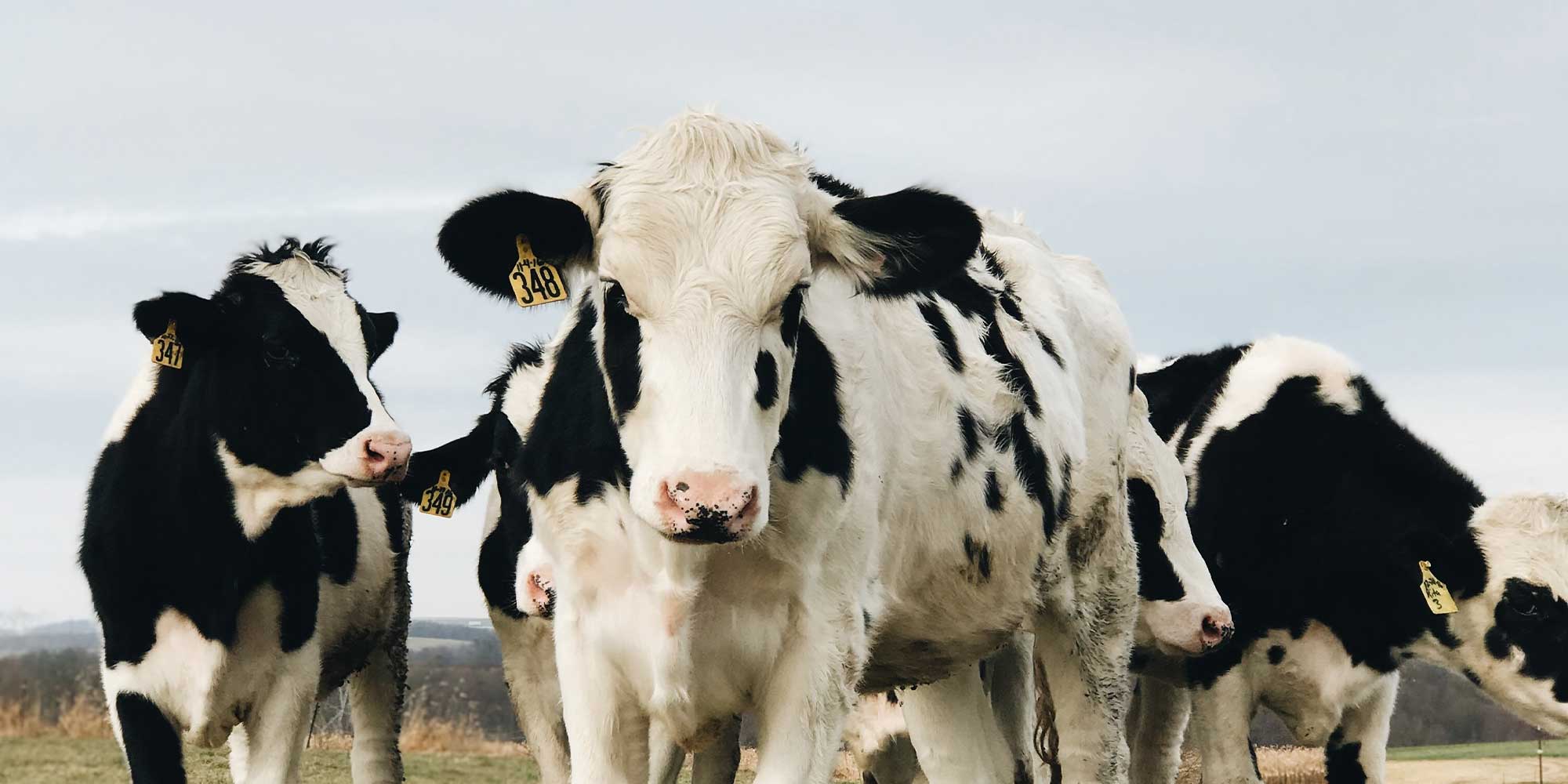
Slaughterhouse workers are part of many fashion supply chains, though we mightn’t think of them when we ask “Who made my clothes?” Since animal-derived materials like leather, down, and others are not by-products but profitable income streams for the fashion industry—even the wool industry is a part of a slaughtering system—sadly, when buying clothing made of animals, we’re almost always contributing to the funding of slaughterhouses.
No one really wants to work in a slaughterhouse, as most of us can’t bear the thought of hurting an animal, let alone killing them. So, vulnerable communities are left to do it. Across the United Kingdom, the United States, Australia, and many other places, a large portion of these workers are migrants, undocumented people, people of colour, people with less access to education, and refugees. In Canada, refugees have even been offered ‘express entry’ away from danger if they agree to work inside a slaughterhouse as there is a lack of people willing to do the work. The leather in our shoes or bags is taken from dead cattle by these slaughterhouse workers, and there are many ways this impacts them, both physically and mentally.
The mental and physical tolls of the job
Working in a slaughterhouse is dangerous. Serious injuries are common, with the Health and Safety Executive labelling UK abattoirs as an industry at the ‘top end’ of its ‘concern level’. Human Rights Watch referred to US slaughterhouse work as the most dangerous factory job in the country. Slaughtering lines are increasingly fast and have even caused some worker deaths. And during the COVID-19 crisis, workers have been disproportionately infected with the virus while facing unjust and illegally poor work conditions.
Unsurprisingly, working in an industry that is fuelled by the killing of animals can take a mental toll on the people in it, too. Many slaughterhouse workers have suffered perpetration-induced stress disorder, considered by the Yale Global Health Review as the “psychological consequences of the act of killing.” Symptoms include drug and alcohol abuse, anxiety, depression, paranoia, and dissociation. Essentially, it’s like PTSD but comes about due to being the “direct reason for another being’s trauma.” These conditions are sometimes linked to suicidal tendencies by workers and even increased violent crime rates against surrounding communities.
Cruelty-free products on the rise
Fortunately, there are plenty of materials that are not born of slaughter-based supply chains. Whether it’s an organic cotton knit or a cactus leather bag, the options available today are continually growing! According to Lyst’s Conscious Fashion Report, searches for ‘vegan leather’ have risen by 69% year on year, while searches for real fur have declined 8% year by year. We may have a cruelty-free fashion system sooner than we realise!
Farm workers
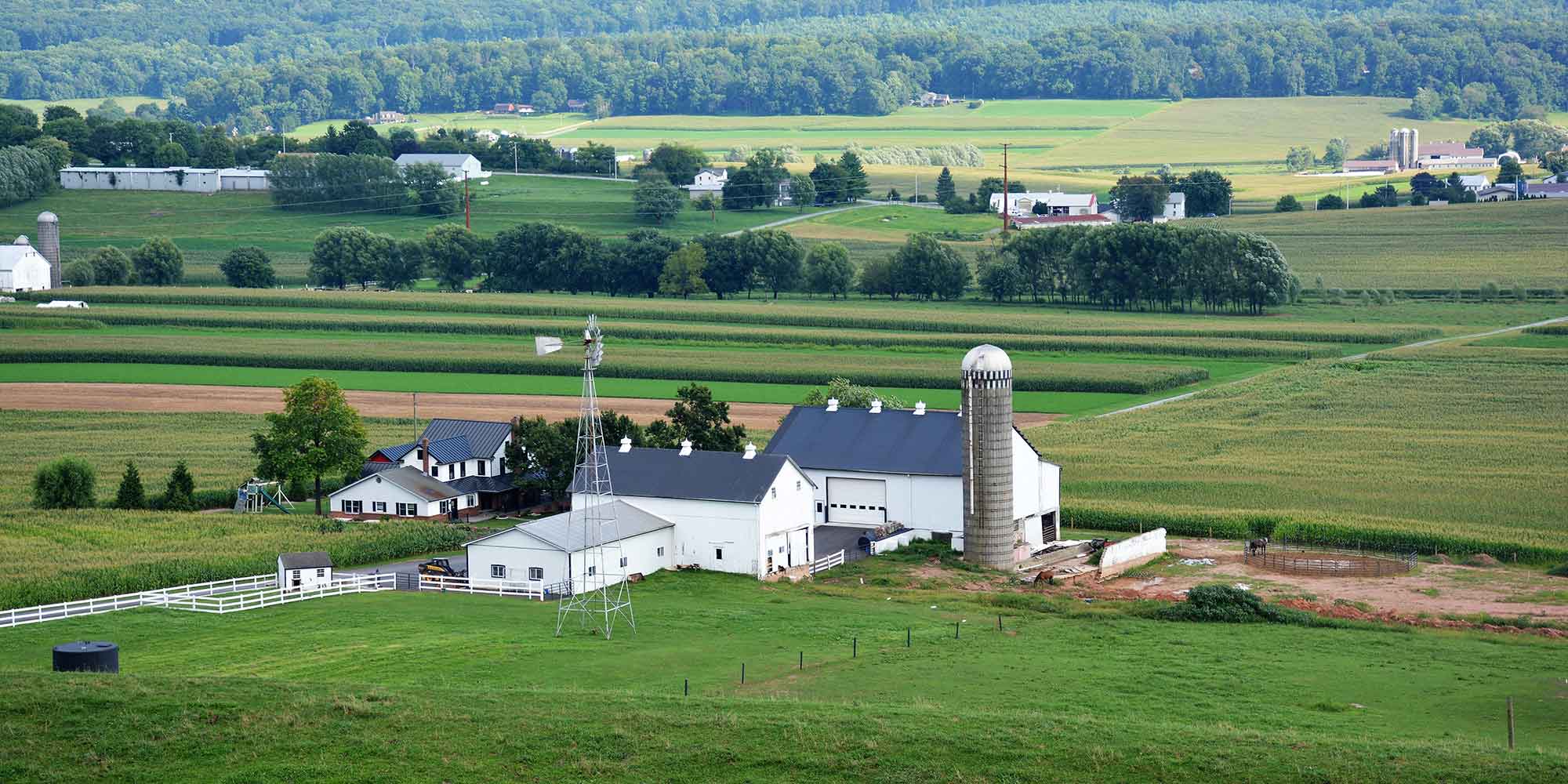
If we go farther back into the supply chains behind animal-derived materials, we find living animals and the places they are kept and raised until they are killed. For ducks whose feathers end up in down jackets, these are usually factory farms where they do not have access to sunlight or water they can properly bathe in. For sheep and cattle in the wool, sheepskin, and leather industries, it’s pasture, and then, often feedlots. So what’s it like to be a human working in these places, with these animals?
The reality of farm life for people and animals
To answer this question, we have to understand some more of what goes on in farms that we aren’t always aware of. Many animals face painful and brutal treatment, for example, tail docking or horn disbudding. Neither of these painful procedures requires pain relief by law. Farm workers—not the people who own the farm and call the shots—perform these sad tasks. One farm worker named Toni, who grew up on sheep farms in Australia producing wool and meat, told Collective Fashion Justice, “It’s hard to say what was most confronting about working on the farm. We are brought up with the death and abuse of animals… I did ask once about the lambs limping off after mulesing [where their skin is sliced off their backside]. My heart broke. The farmer’s reply, ‘they’re just stupid sheep.'”
Another farmer, Jay Wilde, who grew up in farming and took over his Dad’s cattle farm in the United Kingdom, said he had to “steel himself” to send the animals he had connected with to the slaughterhouse, and that “you couldn’t help thinking, ‘do they know what’s really in store for them?’ and wondering if they knew that you would betray their trust in you.'” Jay transitioned into plant-based farming and shared his story in an award-winning short film.
But the issues facing farm workers are not only mental. According to Fashion Revolution’s ‘Out of Sight’ report, “Cattle ranching in Brazil accounts for more than 60% of the nation’s Dirty List—a list of employers that are linked to labour trafficking, debt bondage, and other forms of forced labour.” Brazil is one of the top producers of cattle skins that are tanned and produced into leather. The report stated that similar “poor working conditions, labour trafficking, and instances of forced labour” are documented across some communities in Paraguay and Vietnam and their leather industries. Many fashion brands aren’t transparent about where the skins they use come from initially—nor where they were finished or tanned—making these problems even more complex and challenging to untangle if not avoiding leather.
Transparency is increasing
Injustice often thrives in darkness, and so it is very positive that transparency is increasing all across the fashion industry. Technologies like FibreTrace are working to improve fashion’s transparency through supply chains. Similarly, Fashion Revolution continues to highlight issues in the industry and harness the power of people for good. Remember, what we choose to buy, not buy, and say to brands, is important.
Injustice often thrives in darkness, and so it is very positive that transparency is increasing all across the fashion industry…Remember, what we choose to buy, not buy, and say to brands, is important.
Shearers and herders
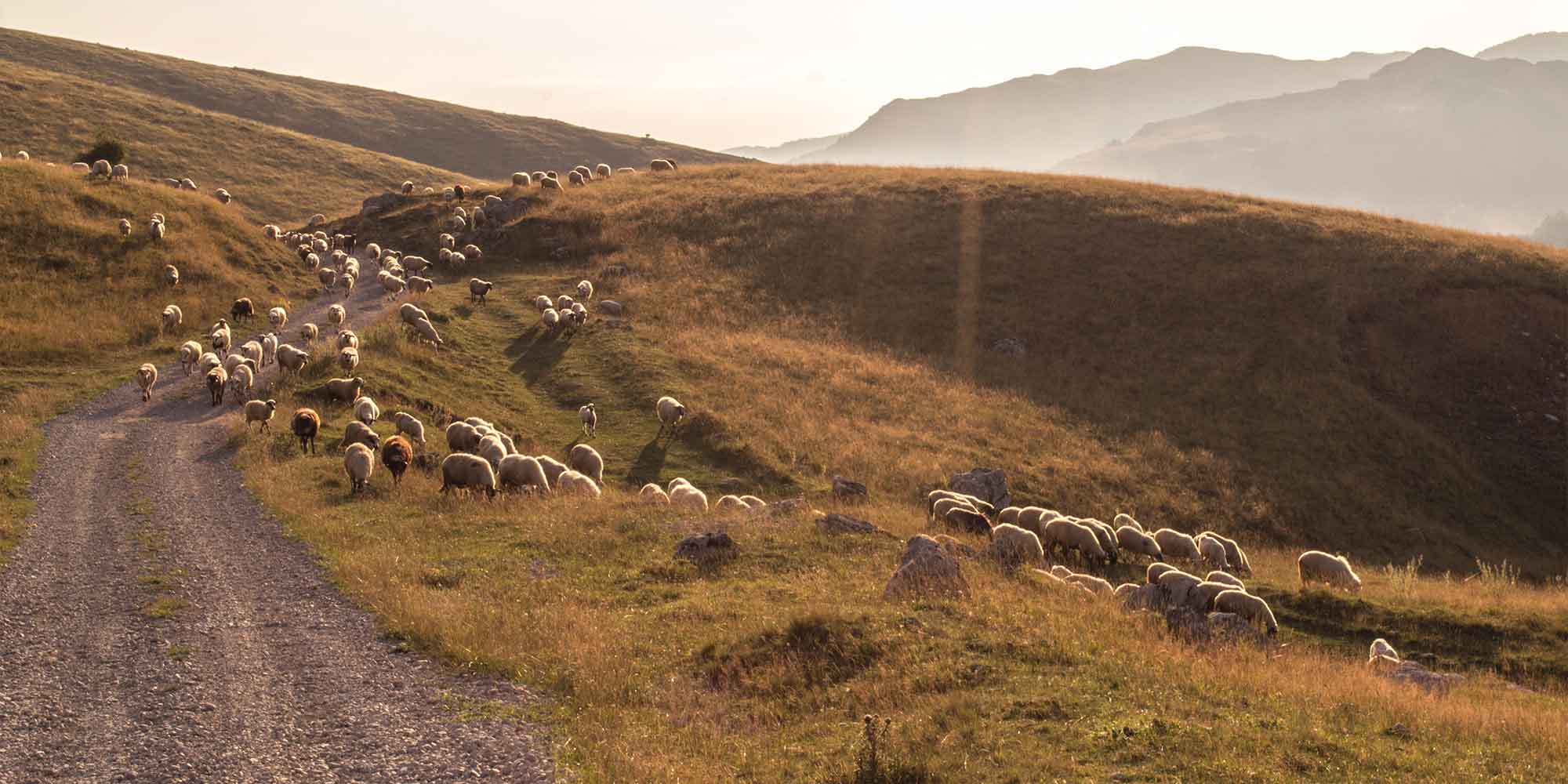
Those paid to shear sheep for the wool industry are not paid per hour of work but instead, based on the amount of wool in weight or the number of sheep they shear. These kinds of payment rates are similar to a piece rate that garment workers face, where they are paid per garment they sew, rather than for their time working. This can result in workers being paid below the minimum wage, and because of the incentive for speed, it also can mean higher rates of cuts and injuries for sheep and workers alike. The industry faces high rates of work-related deaths, injuries, and illnesses.
Shearing sheds are often fairly small sheds out in the bush. This results in the facilities for workers being below what is acceptable to offer any person. For example, one shearer told the ABC that safety conditions were “just getting progressively worse” and stated that workers often didn’t have access to a toilet, running water or proper safety equipment. The same ABC report noted that some shearers recognise a drug problem in the industry and that the Australian Workers Union has received two dozen reports of illegal payment in drugs and cash.
Not-so-luxurious cashmere
Meanwhile, herders working in the cashmere industry can face a different kind of struggle. Cashmere has become increasingly cheap over the years, and this has come at the expense of goats, the people herding them, and their land. Herders in major cashmere production country Mongolia are often underpaid and overworked by those they supply. The growing cashmere industry has also contributed heavily to the destruction of native Mongolian grasslands, with nomadic herders recognising that their work contributes to this devastation but that they have little choice due to the high demand for the fibre in fashion. One nomadic herder, Bish, was documented saying, “Yes, I know my goats are harmful to our grassland and the more we have, the worse our land becomes. I get that. But this is how we earn money. All I can do is watch my grasslands disappear.”
Community-driven activism in fashion
Don’t despair, though—reports suggest that 65% of these grasslands can be recovered with sustainable action. And while this issue is complex, it seems that a form of community-driven, supported transition away from cashmere could benefit people like Bish. It’s crucial to know our fashion activism can extend beyond shopping ethically and into supporting and getting involved with grassroots work to support communities around the world.
Silk industry workers
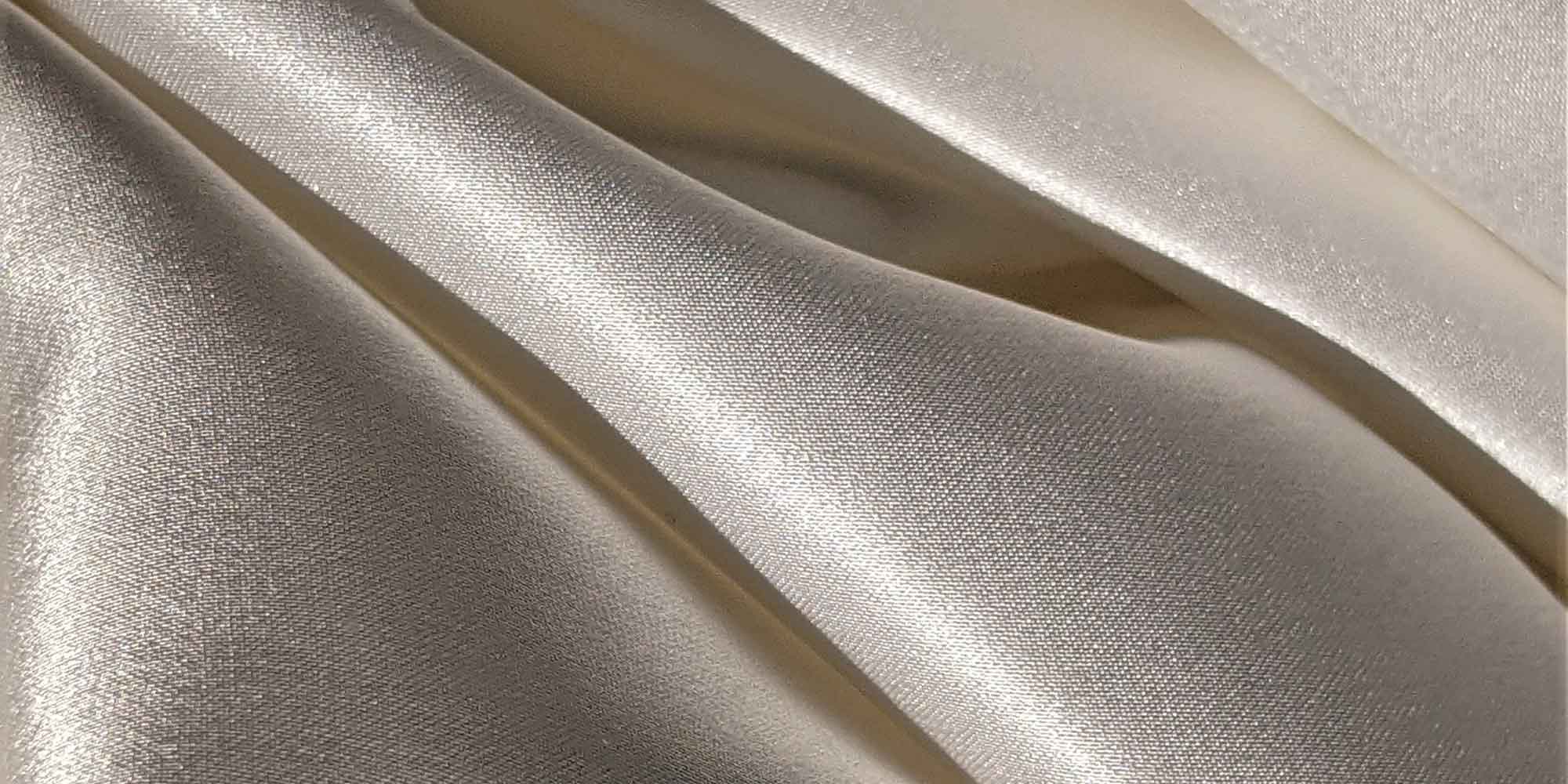
While considered a luxurious material, there are often human rights violations behind silk, a material produced from the cocoons of caterpillars usually boiled alive. Across the largest silk producing countries of China, India, and Uzbekistan, forms of forced labour are documented as serious problems.
A report from Kashmir, India, found that most silkworm rearers suffered from issues including back pain, allergies, respiratory problems, eye irritation, and headaches due to their work. Other silk workers, who work with boiling water to unravel cocoons, are commonly burned and even experience secondary infections, like dermatitis. Work is often performed in the sericulture (silk production) industry in small, poorly ventilated spaces without proper health and safety equipment, further contributing to such problems.
Child labour is still common in the industry
In India, reports look into bonded child labour and its prevalence in the industry. In one piece of Hindu coverage, a 12-year-old silk weaver named Mehboob states that he has “learnt nothing else” in his life other than how to perform his work. Of course, children do not begin working in any industry unless other issues are at play. In the same report, an adult states that “All child weavers come from poor families. If they do not work, who will feed them?” India’s caste system, which places a hierarchy on human lives, commonly plays into the silk industry’s child labour problems, with ‘low-caste’ children at a higher risk of being forced into work.
In Uzbekistan, children as young as five years old have been reported to work from 4 AM until midnight picking the mulberry leaves fed to silkworms. At the same time, other forms of forced and illegal labour take place. The government in Uzbekistan controls the silk industry, and officials reportedly often threaten silk farmers with loss of land, violence, and prosecution if production targets are not met.
Innovative silk alternatives step up to the plate
There are more and more alternatives to silk being used by designers today, and many of these are far less tied up in complicated and murky animal supply chains like these—and they’re free from harm to silkworms!
Tannery workers
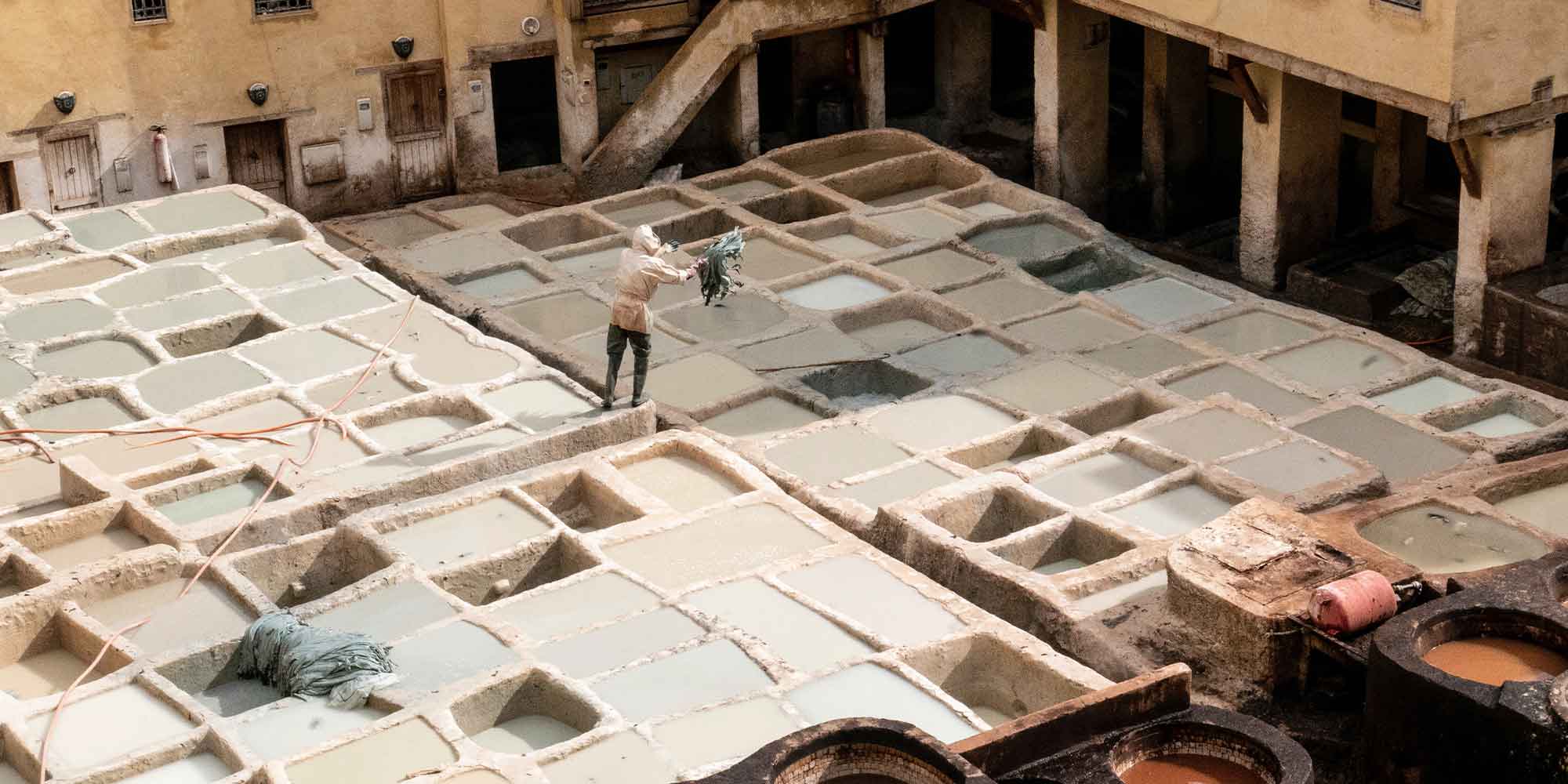
People working in the tanneries that chemically transform sheep, cattle, and other animal skins into leather are often people of colour from countries including China and India. Because of the steep environmental impacts of leather tanning, these workers battle something known as ‘environmental racism’, with 95% of US tanneries now operating overseas, where they pollute communities and the surrounding environment. Among these dangerous and polluted conditions in tanneries, sometimes children are made to work, as in the silk industry.
Living and working with cancer-causing chemicals
Tannery workers primarily deal with carcinogenic chemicals like formaldehyde, arsenic and chromium—with which 90% of leather is tanned. Carcinogens cause cancer, so tannery workers suffer cancer at high rates due to their exposure to these chemicals. In fact, communal areas around places like tanneries in the top tanning country China have been referred to as “cancer villages.” Workers and their communities face serious health hazards due to chemical pollution that runs through waterways used for drinking and bathing by both humans and other species. The Toxic Price of Leather, a short documentary film released by the Pulitzer Centre, looks more deeply into some of these issues.
Small positive steps
On a small scale, the use of chemicals causing harm to these communities is changing and being questioned, which is positive. Luckily, there are also alternatives to leather that avoid the problem altogether!
What we can do as conscious consumers
Recognising the human rights issues in animal-derived fashion supply chains means recognising that injustices are often intertwined. People who work for so little pay in industries built upon the exploitation and slaughter of animals are exploited in turn. This is not a coincidence but an inevitable reality of a fashion industry that typically accepts any form of oppression as a part of the production of clothing. For this same reason, the injustices facing garment workers are rooted in both racism and patriarchy. It is essential that we consider this information, what oppression really means, and how it manifests within the fashion industry so that we can decide what we want to support when we buy clothing and what we would rather avoid.
Not only can we empower ourselves with information that guides our choices around what we choose to wear or not wear, but we can use our voice to make a change:
- We can ask brands about who made their clothes and what they are made of.
- We can ask brands for greater transparency about what this means, who it impacts, and how.
- We can educate ourselves and spread information about animal supply chains in fashion, growing the community of people who can make positive change in this area.
- We can opt for materials made outside of animal supply chains, from plants, recycled materials, and other innovative sources.
- We can share our opinions with brands about the more ethical practices and materials we would rather see and wear, too. A great way to do this is through the Your Voice function of the Good on You app, which you can find at the bottom of each brand page!
Our voices as citizens who get dressed are powerful because fashion brands need us more than we need them. We can use education as a tool to create a total ethics fashion system. Are you with us?
Author bio:
Emma Håkansson is the founding director of Collective Fashion Justice, a non-profit dedicated to the creation of a total ethics fashion system. She is an author and writer, with her written work and research on ethics, sustainability, animal rights and fashion being published across Vogue Business, Earth Island Journal, Fashion Journal, and more. Håkansson is also an award-winning film-maker, with her short film Willow and Claude winning Best Documentary at the Fashion Film Festival in Amsterdam. She has consulted on sustainable fashion legislation, worked with brands as they transitioned forward from animal-derived materials, and is based in Melbourne, Australia. Follow her on Instagram and check out her website.
